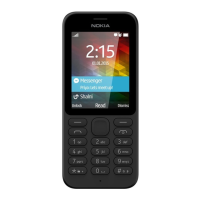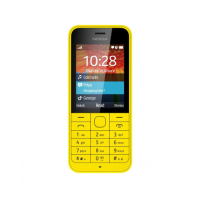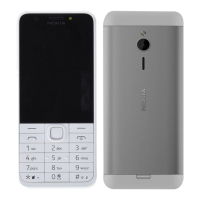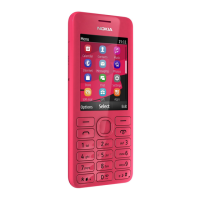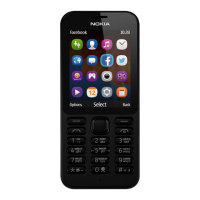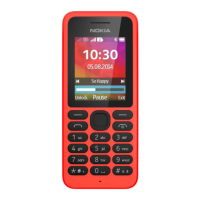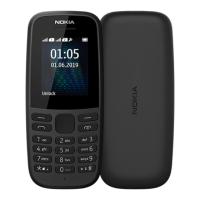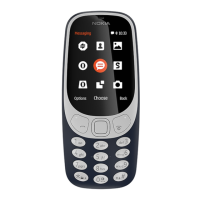1. For each pinyin symbol you want to type in, press the number key once. Use v for ü.
2. To type in the tone mark, press 1 repeatedly.
3. To highlight the pinyin combination you want, if necessary, press * repeatedly.
4. Select the character you want.
Use the stroke method
Want to write Chinese characters in the standard stroke order? Use the stroke method.
The strokes constituting Chinese characters are divided into five categories: horizontal, vertical,
leftfalling, dot, and turning. Each category corresponds to a number key from 1 to 5, respectively.
Make sure the phone language is Simplified Chinese or Traditional Chinese.
1. To type in the strokes, press the relevant keys in the standard stroke order.
2. Press 6 to substitute the stroke, if necessary. A question mark in the input area represents that
stroke.
3. Select the character you want.
Write in Thai
Your phone can send and receive messages in Thai.
1. To type in คิดถึง U, first press 1 four times.
2. Press *, press right to type in the vowel for คิ, and select Use.
3. To type in ด, press 5 once.
4. To type in ถ, press 5 three times.
5. Press *, press right three times to type in the vowel for ถึ, and select Use.
6. To type in ง, press 2 twice.
7. To change to Latin upper case, press #.
8. To type in a space, press 0.
9. To type in U, press 8 twice.
Write in Khmer
Write in Khmer using the keypad.
To type in the normal consonant or independent vowel and its subscript format, press the same key.
Type in a subscript consonant
To signal that the next consonant is a subscript consonant, insert the artificial character, coeng. This
forces the following consonant or independent vowel to become a subscript character. To insert the
coeng, press 1.
A consonant shifter is used to change the sound of a vowel that accompanies a consonant. When it is
followed by a vowel that needs to be placed above the consonant, the consonant shifter changes its
position automatically, so it is placed under the main consonant.
